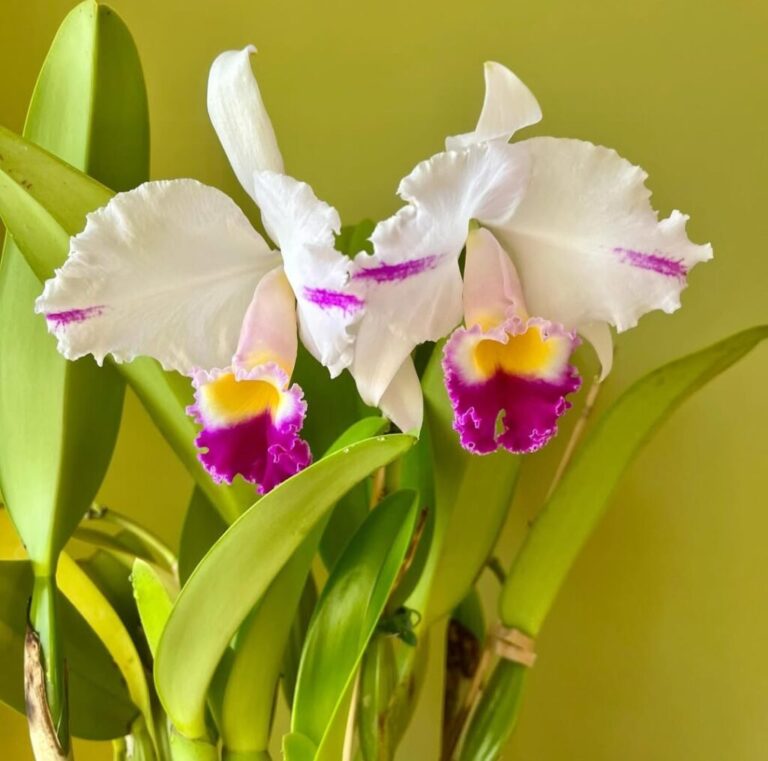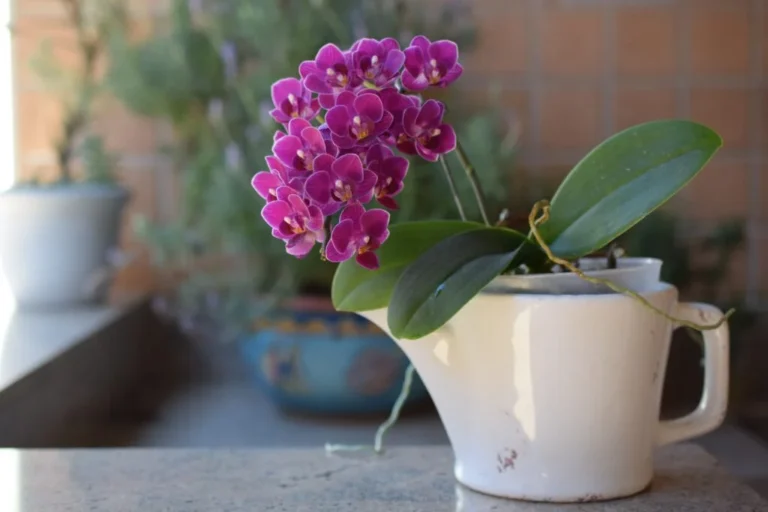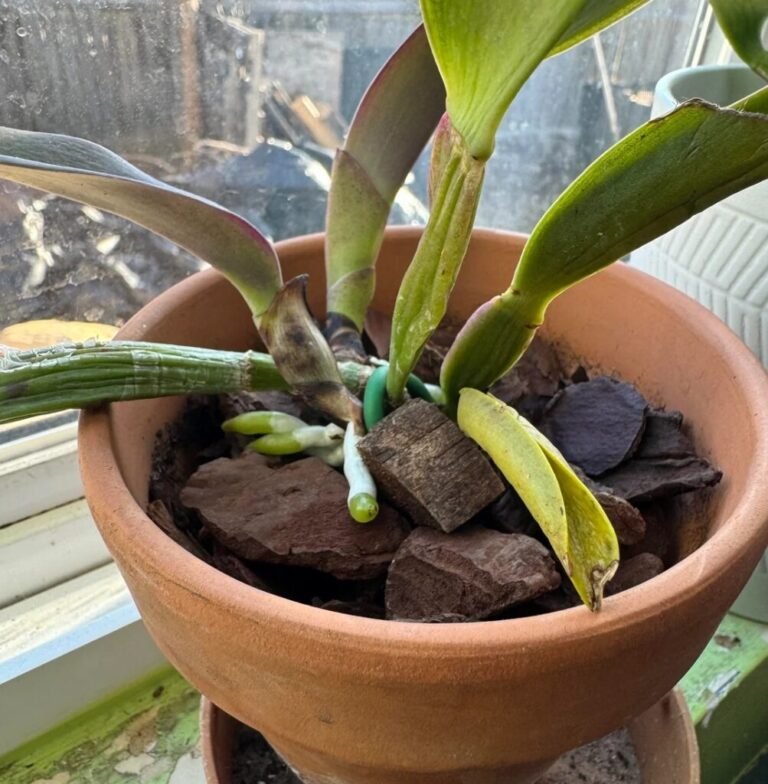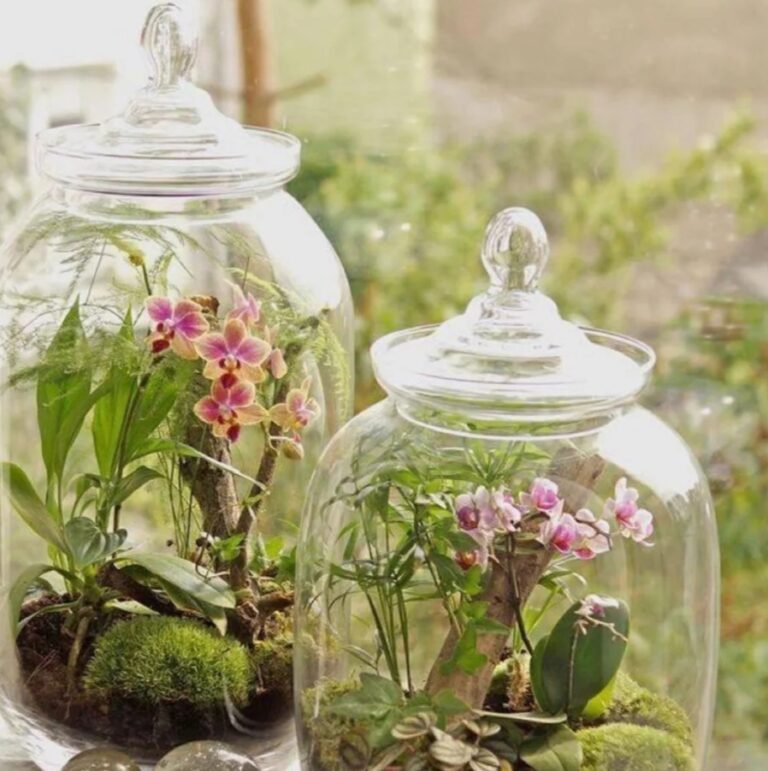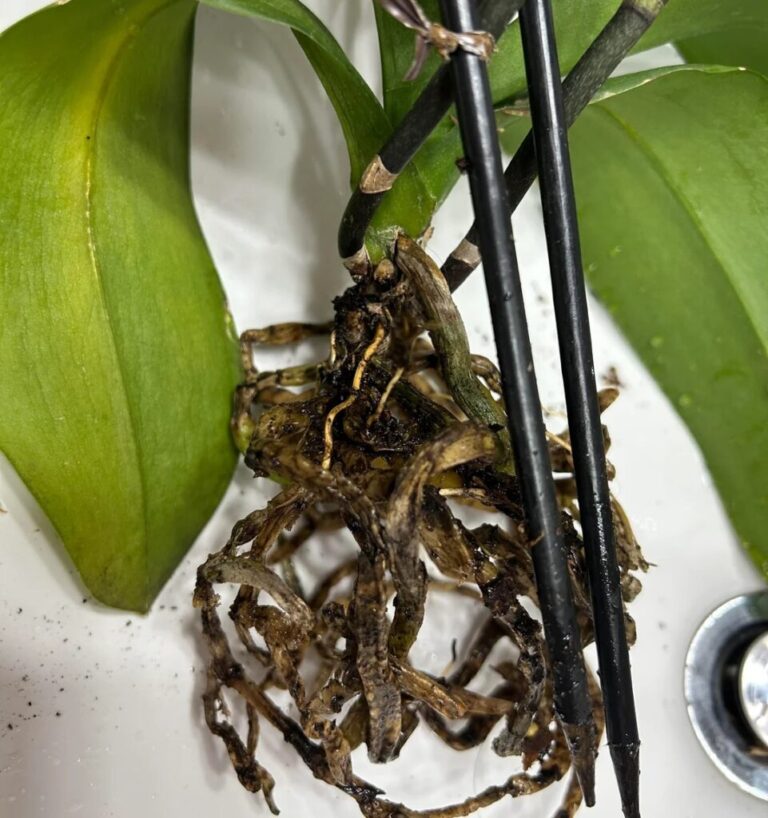If you’re looking to add a touch of greenery to your home but don’t know where to start, small indoor plants are the perfect solution. They are low-maintenance, fit into any space, and bring a sense of freshness to your environment. Whether you’re a beginner or someone who struggles to keep plants alive, this guide will introduce you to the best small indoor plants that thrive with minimal care.

- 1 Why Choose Small Indoor Plants?
- 2 1. Snake Plant (Sansevieria)
- 3 2. Pothos (Epipremnum aureum)
- 4 3. Spider Plant (Chlorophytum comosum)
- 5 4. Peace Lily (Spathiphyllum)
- 6 5. ZZ Plant (Zamioculcas zamiifolia)
- 7 6. Jade Plant (Crassula ovata)
- 8 7. Aloe Vera
- 9 8. Fittonia (Nerve Plant)
- 10 9. Rubber Plant (Ficus elastica)
- 11 10. Boston Fern (Nephrolepis exaltata)
- 12 FAQS
Why Choose Small Indoor Plants?
Small indoor plants not only enhance the aesthetics of your home but also improve air quality, reduce stress, and boost productivity. Unlike larger plants that demand more space and attention, these compact greens are easy to manage and ideal for small apartments, offices, or even bedside tables. They also help in increasing humidity levels, which can benefit your skin and respiratory health, making them an excellent addition to your home environment.
Tips for Beginners:
Always check the light requirements before placing your plant to ensure it thrives in the right conditions.
Water moderately to avoid overwatering, which can lead to root rot.
Use well-draining soil to prevent excess moisture from accumulating and damaging the plant’s roots.
Dust the leaves occasionally to allow for better photosynthesis and healthier growth.
1. Snake Plant (Sansevieria)
The snake plant, also known as mother-in-law’s tongue, is one of the most resilient small indoor plants. It is ideal for novices because it grows well in low light and needs little irrigation.The upright leaves with striking patterns add an elegant touch to any space and help purify the air by filtering out toxins such as formaldehyde and benzene.
Common Problems & Solutions:
Yellowing Leaves: Overwatering is frequently indicated by yellowing leaves. Before watering the soil once more, let it totally dry out.
Slow Growth: Move your plant to a brighter location for better growth.
Curling Leaves: Underwatering could be the cause of this. Gradually increase the frequency of watering and observe how the plant reacts.
Care Schedule:
| Task | Frequency |
|---|---|
| Watering | Every 2-3 weeks |
| Fertilizing | Once a month |
| Repotting | Every 2-3 years |
2. Pothos (Epipremnum aureum)
Pothos, or devil’s ivy, is an excellent choice for beginners because it can survive in various lighting conditions and thrives on occasional neglect. It’s a vining plant that looks stunning in hanging baskets or placed on a shelf. Its ability to adapt to different environments makes it a favorite for offices and low-light areas.
Quick Tips:
Trim long vines to encourage bushier growth and prevent leggy growth.
Avoid direct sunlight to prevent leaf scorching, which can cause brown patches.
Wipe leaves with a damp cloth to remove dust and improve air purification efficiency.
3. Spider Plant (Chlorophytum comosum)
The spider plant is a fast-growing small indoor plant that produces beautiful arching leaves. It also develops baby spiderettes, which can be propagated easily. It purifies the air and adapts to different environments effortlessly, making it one of the best choices for beginners.
Common Issues & Fixes:
Brown Leaf Tips: This may be due to fluoride in tap water. This issue can be avoided by using distilled or filtered water.
Drooping Leaves: Likely caused by underwatering. Give your plant a good soak and let excess water drain out.
Lack of Growth: Ensure the plant gets indirect bright light for optimal development.
4. Peace Lily (Spathiphyllum)
Peace lilies are prized for their graceful white blossoms and low light tolerance.They are great air purifiers and require little effort to maintain. They also help increase indoor humidity, which can be beneficial for people with dry skin and respiratory issues.
Care Schedule:
| Task | Frequency |
|---|---|
| Watering | Weekly |
| Fertilizing | Every 6 weeks |
| Pruning | As needed |
5. ZZ Plant (Zamioculcas zamiifolia)
If you want a plant that thrives on neglect, the ZZ plant is perfect. Weeks without water won’t affect its gorgeous appearance. Its glossy green leaves make it a great addition to modern interiors while requiring very little attention.
Tips:
Water sparingly to prevent root rot and fungal issues.
Keep it out of direct sunlight for best results and to maintain deep green foliage.
Use a well-draining pot to avoid excess moisture retention.
6. Jade Plant (Crassula ovata)
The jade plant is a succulent known for its thick, fleshy leaves. It’s believed to bring good luck and prosperity, making it a popular indoor plant. It is also long-living, with some plants thriving for decades.
Common Issues & Solutions:
Wrinkled Leaves: A sign of dehydration—water when the soil is completely dry.
Leaf Drop: Avoid overwatering to prevent root rot and fungal infections.
Stunted Growth: Provide bright, indirect sunlight for optimal health.
7. Aloe Vera
Aloe vera is not only an attractive succulent but also has medicinal benefits. Its gel can be used to treat burns and skin irritation. This plant requires minimal care but thrives best when placed in a bright location.
Care Schedule:
| Task | Frequency |
|---|---|
| Watering | Every 3 weeks |
| Sunlight | Bright, indirect light |
| Pruning | As needed |
8. Fittonia (Nerve Plant)
Fittonia is a colorful, low-growing plant with intricate vein patterns on its leaves. It loves humidity, making it a great plant for bathrooms or terrariums.
Tips:
Mist the leaves regularly to maintain humidity and prevent leaf curling.
Avoid placing it in dry, hot areas, as this can cause leaf wilting.
Use a pebble tray under the pot to help retain moisture.
9. Rubber Plant (Ficus elastica)
The rubber plant is another beginner-friendly indoor plant that grows well in indirect light. It has broad, glossy leaves that enhance any room’s aesthetic while improving indoor air quality.
Common Problems:
Yellowing Leaves: Often a sign of overwatering. Reduce the frequency of watering and ensure proper drainage.
Dropping Leaves: This happens when exposed to cold drafts. Keep it in a stable environment to prevent stress.
Dusty Leaves: Wipe them down occasionally to allow for better air purification.
10. Boston Fern (Nephrolepis exaltata)
Boston ferns are lush and feathery plants that thrive in humid conditions. They look beautiful in hanging baskets and require moderate care.
Care Schedule:
| Task | Frequency |
|---|---|
| Watering | Every 4-5 days |
| Misting | Daily |
| Pruning | As needed |
Choosing the right small indoor plant can transform your space and add life to your surroundings. Whether you prefer succulents, ferns, or leafy greens, there is a plant for every beginner. By following the simple care tips provided in this guide, you can enjoy the beauty of indoor plants without the stress of high maintenance.Now that you have a list of the best small indoor plants, it’s time to bring some greenery into your home and enjoy the benefits of nature indoors!
FAQS
What are the best small indoor plants for beginners?
The best small indoor plants for beginners include pothos, spider plants, snake plants, and peace lilies. These small indoor plants are low-maintenance and can thrive in various lighting conditions.
How often should I water small indoor plants?
The watering schedule for small indoor plants depends on the type of plant and the environment. Generally, most small indoor plants need watering once a week, but succulents and cacti require less frequent watering.
What are the benefits of having small indoor plants?
Small indoor plants improve air quality, enhance home decor, reduce stress, and increase humidity. Some small indoor plants, like aloe vera and snake plants, also have medicinal properties.
Can small indoor plants survive in low light?
Yes, several small indoor plants can thrive in low light, including ZZ plants, pothos, and peace lilies. These small indoor plants adapt well to indirect sunlight and artificial lighting.
What are the easiest small indoor plants to care for?
The easiest small indoor plants to care for include snake plants, lucky bamboo, and air plants. These small indoor plants require minimal watering and maintenance.
How do I prevent pests on my small indoor plants?
To prevent pests on small indoor plants, inspect leaves regularly, avoid overwatering, and use neem oil or insecticidal soap. Keeping your small indoor plants clean can also help prevent infestations.
Are succulents considered small indoor plants?
Yes, succulents like jade plants, echeveria, and haworthia are excellent small indoor plants. They require minimal care and can thrive in small pots.
Do small indoor plants improve air quality?
Yes, many small indoor plants act as natural air purifiers by removing toxins from the air. Some of the best small indoor plants for air purification include spider plants, peace lilies, and Boston ferns.
How can I make my small indoor plants grow faster?
To help small indoor plants grow faster, provide adequate light, use nutrient-rich soil, fertilize regularly, and avoid overwatering. Proper care ensures healthy growth for your small indoor plants.





